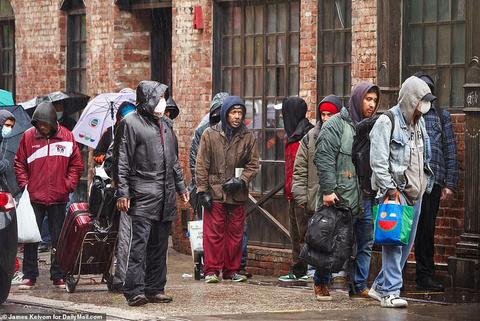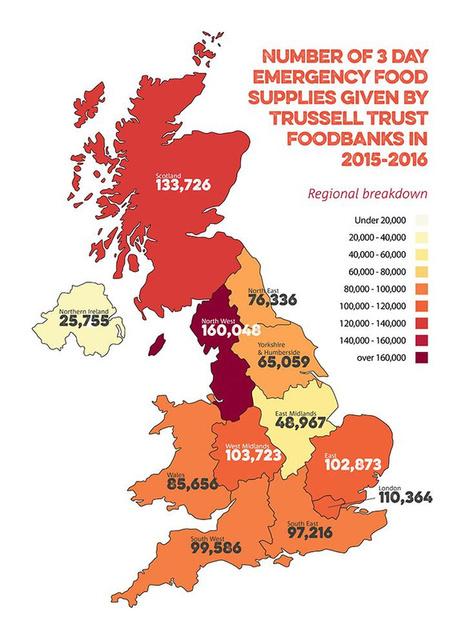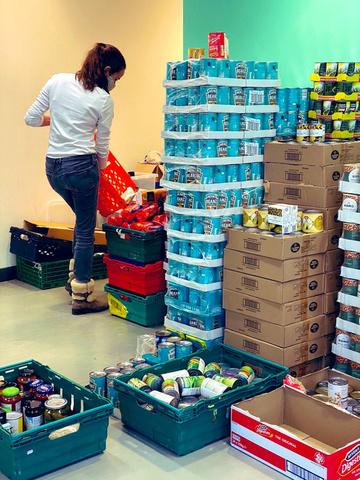
1 minute read
THE IMPACT OF THE COST OF LIVING CRISIS ON FOOD BANKS


Advertisement
By Claudia Smith
What is the cost of living crisis?
The cost of living crisis can be attributed to factors such as covid, Brexit and Russia's war on Ukraine which has led to supply issues The rising cost of energy that fuels all types of products has caused this surge in inflation Wages have not increased to match these higher costs, and those households reliant on fixed incomes such as pensioners or those on benefits have been negatively impacted Consequently, over the course of approximately a year, there has been a rising demand for assistance from food banks across the UK
How has this directly affected how food banks function?
On account of rising energy prices, food banks themselves are also having to adapt their services in order to continue to run The We Care Food Bank, in South London, nearly faced permanent foreclosure as it was struggling to meet the cost of running refrigerators used for food storage. Food banks must also adjust to prices of fuelling vehicles for home delivery, as there has been an increase in the necessity for this since covid Furthermore, more people at work are in need of packages; food banks must adjust hours so that they are able to pick up these food packs. This is a result of wages not being increased to align with rising food costs and other necessities such as fuel.
How has the crisis affected what people need?

The Trussell Trust Food Bank, the biggest in Britain, has recorded a surge in requests for cold food packs consisting of foods that do not need to be heated up This is to save energy as people do not have money for their energy meter, thus requesting food that does not require high-energy appliances to heat it.
Has there been an increase in the number of people using food banks?
During the pandemic, there was an increase in demand for food parcels as a result of becoming unemployed or having healthrelated issues Post-pandemic, Trussell Trust found that, although the levels of demand had lowered, they were still higher than prepandemic In the summer of 2022, the Trussell Trust distributed 50% more food parcels than before the pandemic Overall, they supplied 2.2 million three-day emergency food packages from 2021 to 2022; a 14% increase from pre-pandemic levels

What is Eastbourne College doing to help this?
Food banks rely almost entirely on donations from the public. 90% of Trussell Trust food stores consist of donations In September, pupils contributed towards Eastbourne Food Bank by donating a variety of foods








